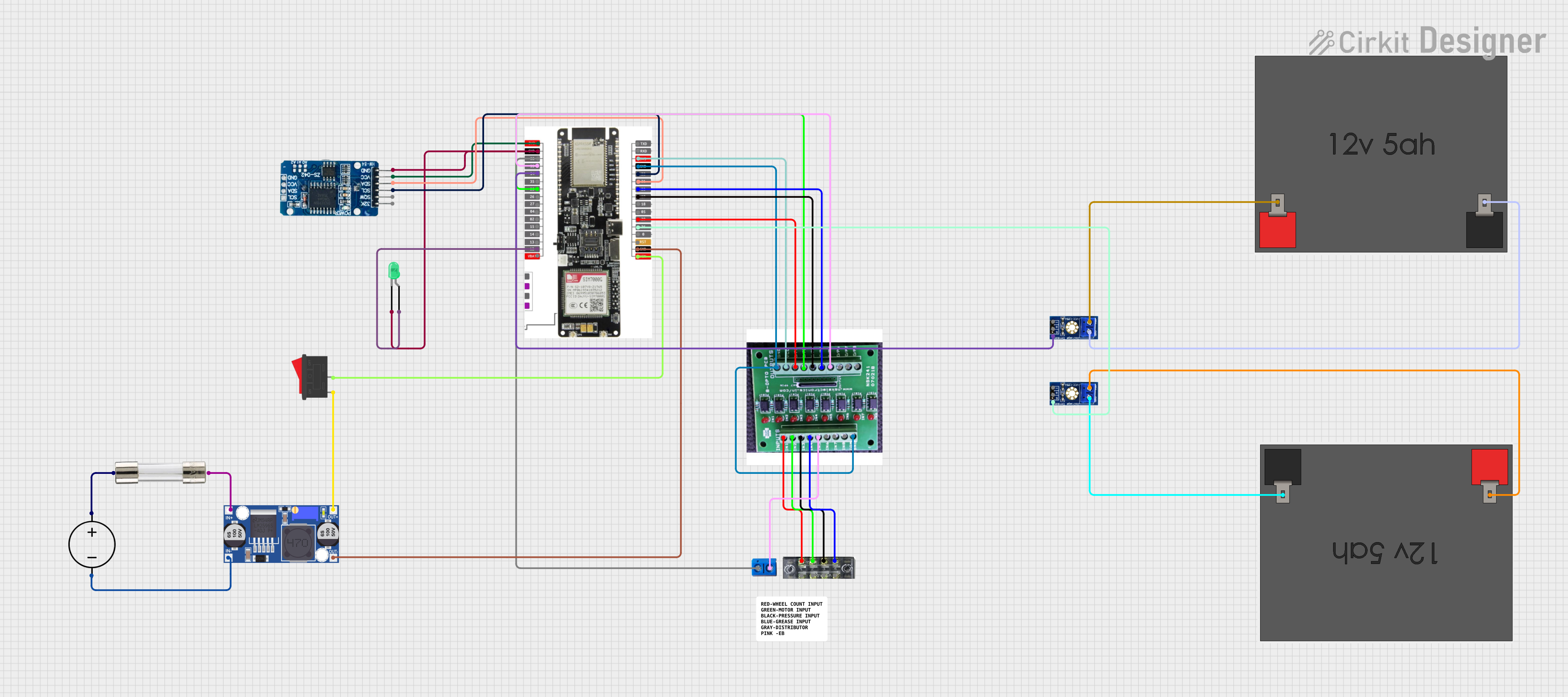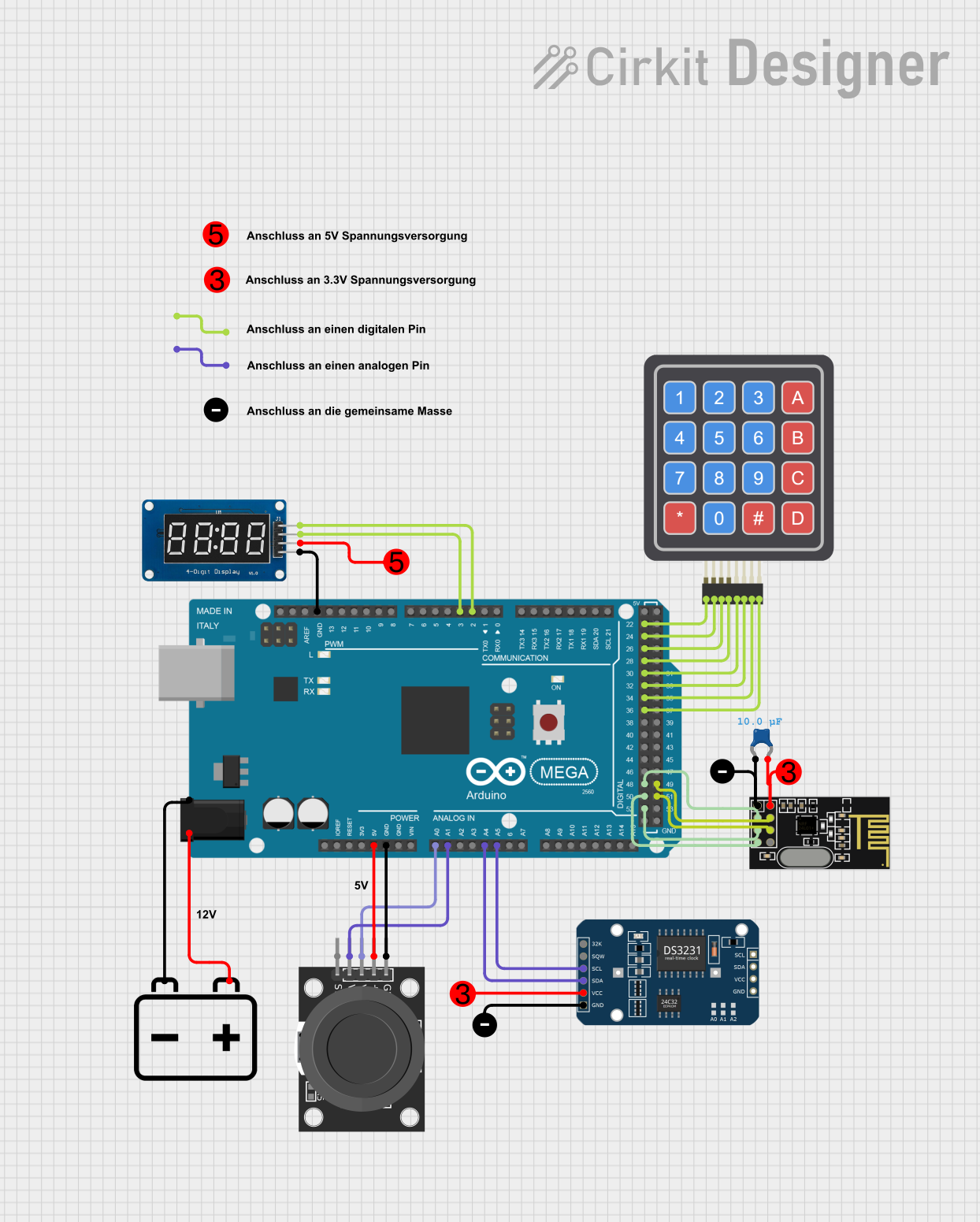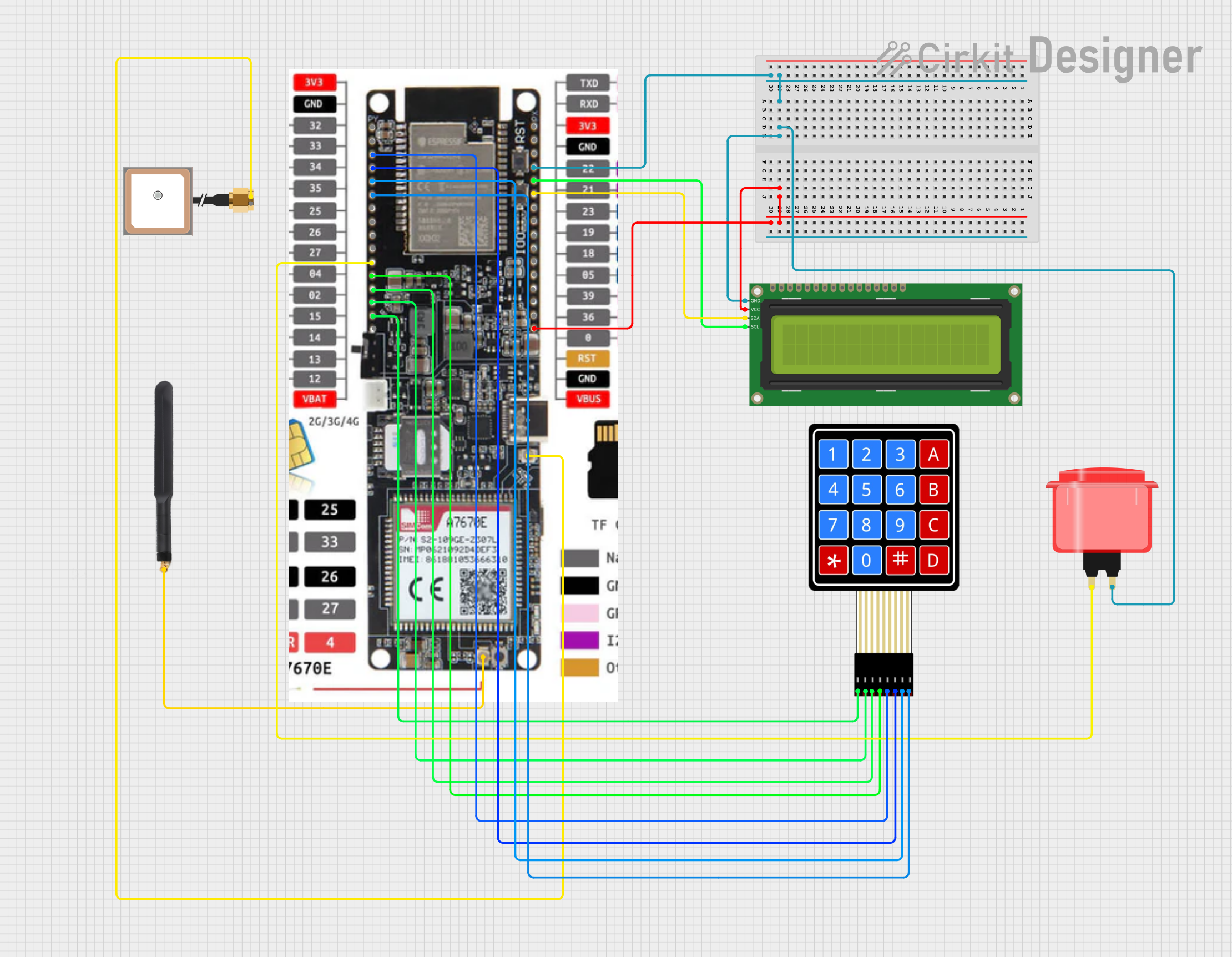
How to Use TGS2611-E00: Examples, Pinouts, and Specs

 Design with TGS2611-E00 in Cirkit Designer
Design with TGS2611-E00 in Cirkit DesignerIntroduction
The TGS2611-E00, manufactured by FIGARO USA, INC., is a highly reliable gas sensor designed to detect combustible gases such as methane and propane. It operates on the principle of conductivity change in its sensing element when exposed to target gases. This sensor is widely used in applications requiring gas detection, such as gas leak detectors, air quality monitors, and industrial safety systems.
Explore Projects Built with TGS2611-E00

 Open Project in Cirkit Designer
Open Project in Cirkit Designer
 Open Project in Cirkit Designer
Open Project in Cirkit Designer
 Open Project in Cirkit Designer
Open Project in Cirkit Designer
 Open Project in Cirkit Designer
Open Project in Cirkit DesignerExplore Projects Built with TGS2611-E00

 Open Project in Cirkit Designer
Open Project in Cirkit Designer
 Open Project in Cirkit Designer
Open Project in Cirkit Designer
 Open Project in Cirkit Designer
Open Project in Cirkit Designer
 Open Project in Cirkit Designer
Open Project in Cirkit DesignerCommon Applications
- Gas leak detection in residential and industrial environments
- Air quality monitoring systems
- Combustible gas alarms
- HVAC systems for safety and efficiency
- Portable gas detection devices
Technical Specifications
The TGS2611-E00 is designed for low power consumption and high sensitivity to methane and propane gases. Below are its key technical details:
Key Specifications
| Parameter | Value |
|---|---|
| Target Gases | Methane, Propane |
| Detection Range | 500 ppm to 10,000 ppm |
| Heater Voltage (VH) | 5.0 V ± 0.2 V |
| Heater Power Consumption | 210 mW (typical) |
| Circuit Voltage (VC) | ≤ 24 V DC |
| Sensor Resistance (RS) | 1 kΩ to 10 kΩ (in clean air) |
| Operating Temperature | -10°C to +50°C |
| Operating Humidity | 30% to 95% RH (non-condensing) |
| Dimensions | 9.2 mm (diameter) x 7.8 mm (height) |
| Weight | Approximately 0.5 g |
Pin Configuration and Descriptions
The TGS2611-E00 has a simple pin layout with four pins. The table below describes each pin:
| Pin Number | Pin Name | Description |
|---|---|---|
| 1 | Heater (+) | Positive terminal for the heater element |
| 2 | Heater (-) | Negative terminal for the heater element |
| 3 | Sensor Output | Output signal (connected to load resistor) |
| 4 | Ground (GND) | Ground connection for the sensor circuit |
Usage Instructions
How to Use the TGS2611-E00 in a Circuit
- Power the Heater: Connect the heater pins (Pin 1 and Pin 2) to a 5V DC power source. Ensure the voltage is stable and within the specified range (5.0 V ± 0.2 V).
- Connect the Sensor Output: Use a load resistor (typically 10 kΩ) between the sensor output pin (Pin 3) and ground (Pin 4). The sensor's resistance will vary based on the gas concentration.
- Read the Output: Measure the voltage across the load resistor to determine the gas concentration. The output voltage decreases as the gas concentration increases.
- Calibrate the Sensor: For accurate readings, calibrate the sensor in a known gas concentration environment.
Important Considerations and Best Practices
- Preheat Time: Allow the sensor to preheat for at least 24 hours before initial use to stabilize its performance.
- Ventilation: Ensure proper ventilation around the sensor to avoid saturation or delayed response.
- Avoid Contaminants: Protect the sensor from exposure to silicone vapors, corrosive gases, or high humidity, as these can degrade its performance.
- Load Resistor Selection: Use a load resistor value that matches your application requirements. A typical value is 10 kΩ.
- Arduino Compatibility: The TGS2611-E00 can be easily interfaced with an Arduino UNO for gas detection projects.
Example Arduino Code
Below is an example of how to interface the TGS2611-E00 with an Arduino UNO to measure gas concentration:
// TGS2611-E00 Gas Sensor Example Code
// Connect the sensor output to Arduino analog pin A0
// Ensure the heater is powered with 5V DC
const int sensorPin = A0; // Analog pin connected to sensor output
const int loadResistor = 10000; // Load resistor value in ohms (10 kΩ)
void setup() {
Serial.begin(9600); // Initialize serial communication
Serial.println("TGS2611-E00 Gas Sensor Test");
}
void loop() {
int sensorValue = analogRead(sensorPin); // Read analog value from sensor
float voltage = sensorValue * (5.0 / 1023.0); // Convert to voltage
float resistance = (5.0 - voltage) * loadResistor / voltage; // Calculate sensor resistance
Serial.print("Sensor Voltage: ");
Serial.print(voltage);
Serial.println(" V");
Serial.print("Sensor Resistance: ");
Serial.print(resistance);
Serial.println(" ohms");
delay(1000); // Wait 1 second before next reading
}
Troubleshooting and FAQs
Common Issues and Solutions
No Output Signal:
- Cause: Heater not powered or incorrect wiring.
- Solution: Verify the heater connections and ensure a stable 5V DC supply.
Unstable Readings:
- Cause: Insufficient preheat time or environmental interference.
- Solution: Allow the sensor to preheat for at least 24 hours and ensure proper ventilation.
Low Sensitivity:
- Cause: Contamination or aging of the sensor.
- Solution: Avoid exposure to contaminants and replace the sensor if performance degrades over time.
High Sensor Resistance in Clean Air:
- Cause: Incorrect load resistor value or damaged sensor.
- Solution: Check the load resistor and replace the sensor if necessary.
FAQs
Q: Can the TGS2611-E00 detect gases other than methane and propane?
A: While the sensor is optimized for methane and propane, it may respond to other combustible gases. However, sensitivity and accuracy may vary.
Q: How long does the sensor last?
A: The typical lifespan of the TGS2611-E00 is over 5 years under normal operating conditions.
Q: Can I use a different heater voltage?
A: No, the heater voltage must be 5.0 V ± 0.2 V to ensure proper operation and avoid damaging the sensor.
Q: Is the sensor waterproof?
A: No, the TGS2611-E00 is not waterproof. Avoid exposure to water or high humidity environments.
By following this documentation, users can effectively integrate the TGS2611-E00 gas sensor into their projects and ensure reliable performance.